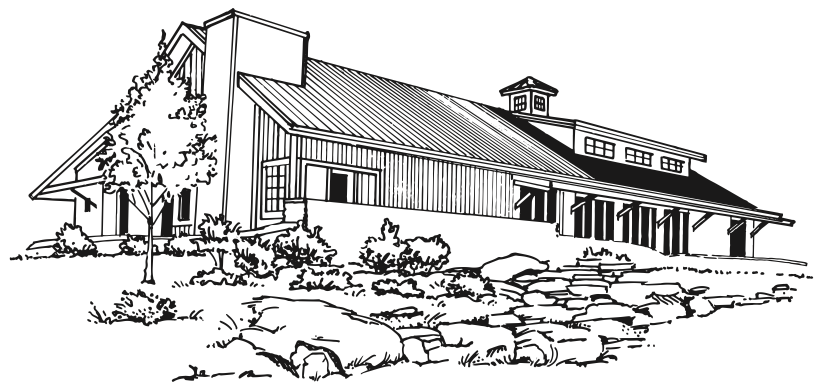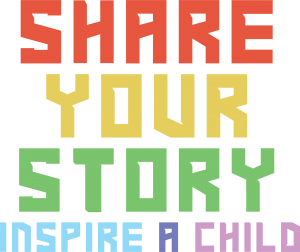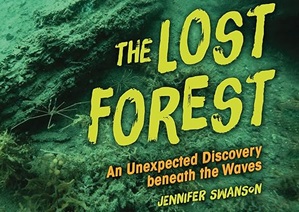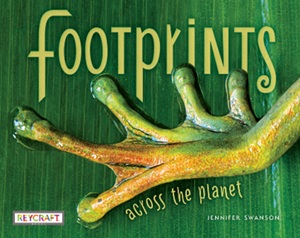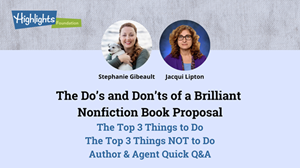As a nonfiction author of over 50 books, I know a lot about photo research. While I haven’t had to acquire photos for each of my books myself (many of my publishers did the acquiring), I have done photo research for pretty much all of my trade books.
And as a teacher of nonfiction writers, I’ve gotten asked a lot of questions over the years about photo research.
Here are my top 5 tips for conducting basic photo research.
1. Find the photos as you go.
The easiest time to find photos for your book is while you are doing the actual research for the content. As you find a photo, save it where you keep all of your links for your research. Or maybe have a special folder where you keep them. When you do save them, take the time to not only have a link, but write a little note to yourself what the image is, and what content in your book it goes to. It will save you tons of time later when you go back and you’re like, “What is this? Why did I save it?”
2. Save a photo even if you aren’t sure if you’ll need it.
It will also keep you from going, “Oh, I had the perfect photo to go with this, and now I can’t find it.” I can’t tell you how many times that has happened to me. Then I spent days trying to figure out where I’d seen this photo.
3. Do your own photo research, even if you’re doing a book that will be illustrated.
Will your book have illustrations or photographs? Regardless of your answer, it would still be good for you to do photo research. Illustrators are amazing! They bring so much more to a project than you can ever even imagine, but when they are doing nonfiction projects, they need to do research to create the correct images. Including references to images that you find during your
4. Putting photo links into your manuscript is fine.
This is one question I get asked all the time. Yes, you can put photo links into your manuscript, even one that is being illustrated. I just put in something like, [illo: recommend using this photo for reference (then the link)] OR [Illo note: the descriptions in this sentence/paragraph reference this image: (link)] On RARE occasions, I have even included actual photos (made very small) in my proposals for longer nonfiction books, if the images are dynamic and they support/explain what I’m writing with the hope of catching the eye of the editor who is reading it.
5. Tineye (tineye.com) is your photo-finding source “friend.”
Sometimes you find the perfect picture but have no idea where to find the original source of that image. That is important! The person who originally took the photo is the one who holds the copyright. So, you need to get permission from them to use it in your book. (You also need to get permission from people who appear in the image as well, but that’s a different issue). One way to find the source of an image that you see on the internet is to use Tineye. It’s pretty easy, and there are instructions if you have questions. But this website is my go-to for finding photo sources!
These are just a few quick tips to get you started on photo research. For more information, do some internet searches on “how to do photo research,” or consider joining so for this workshop:
